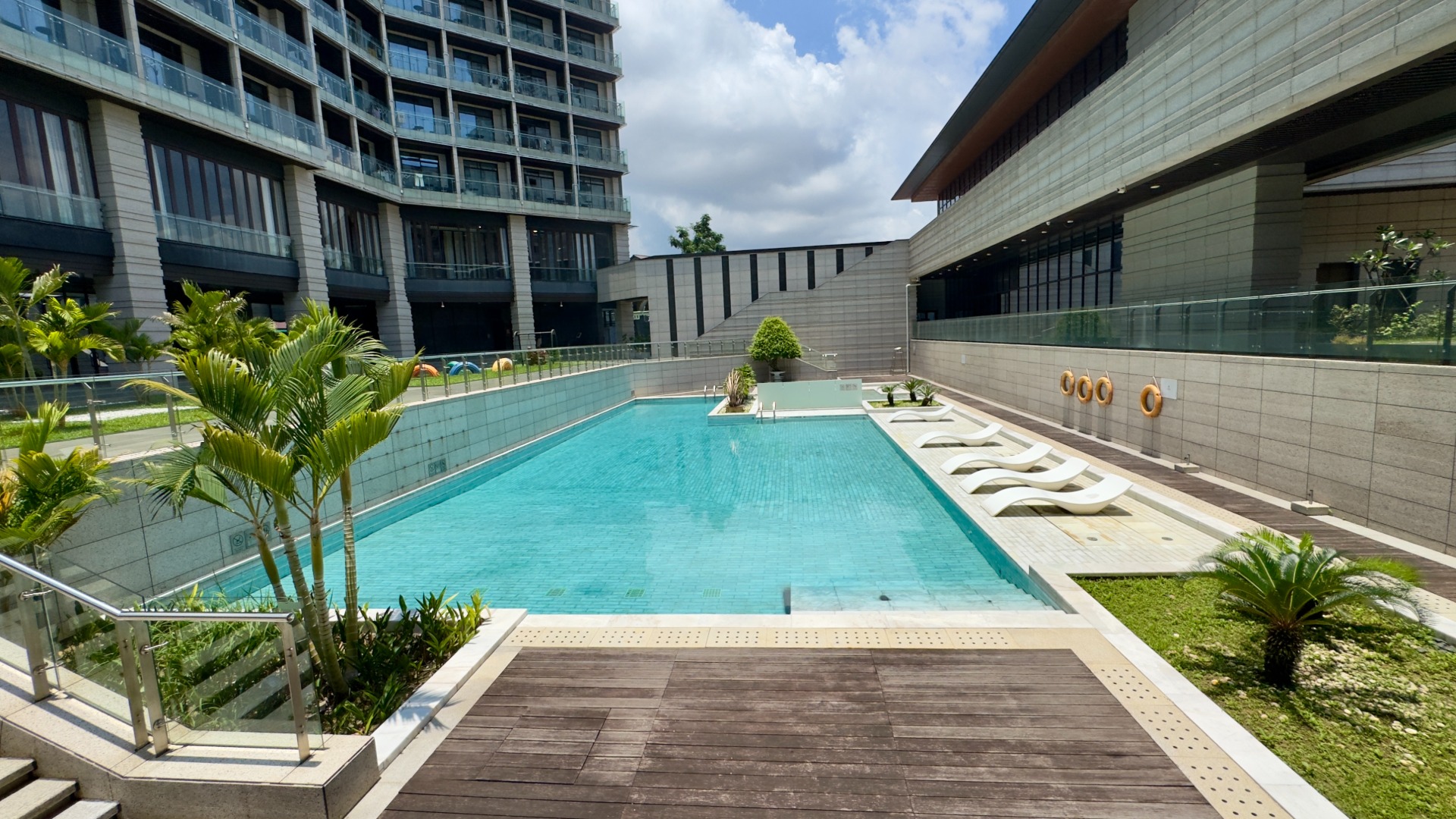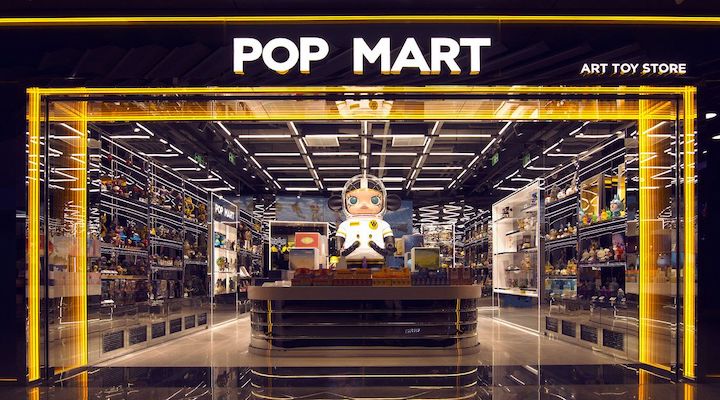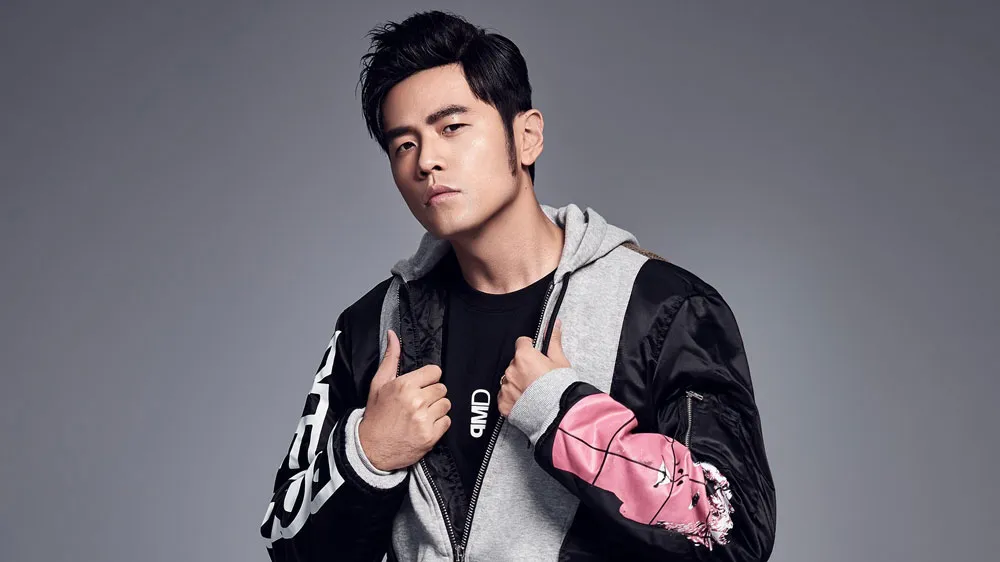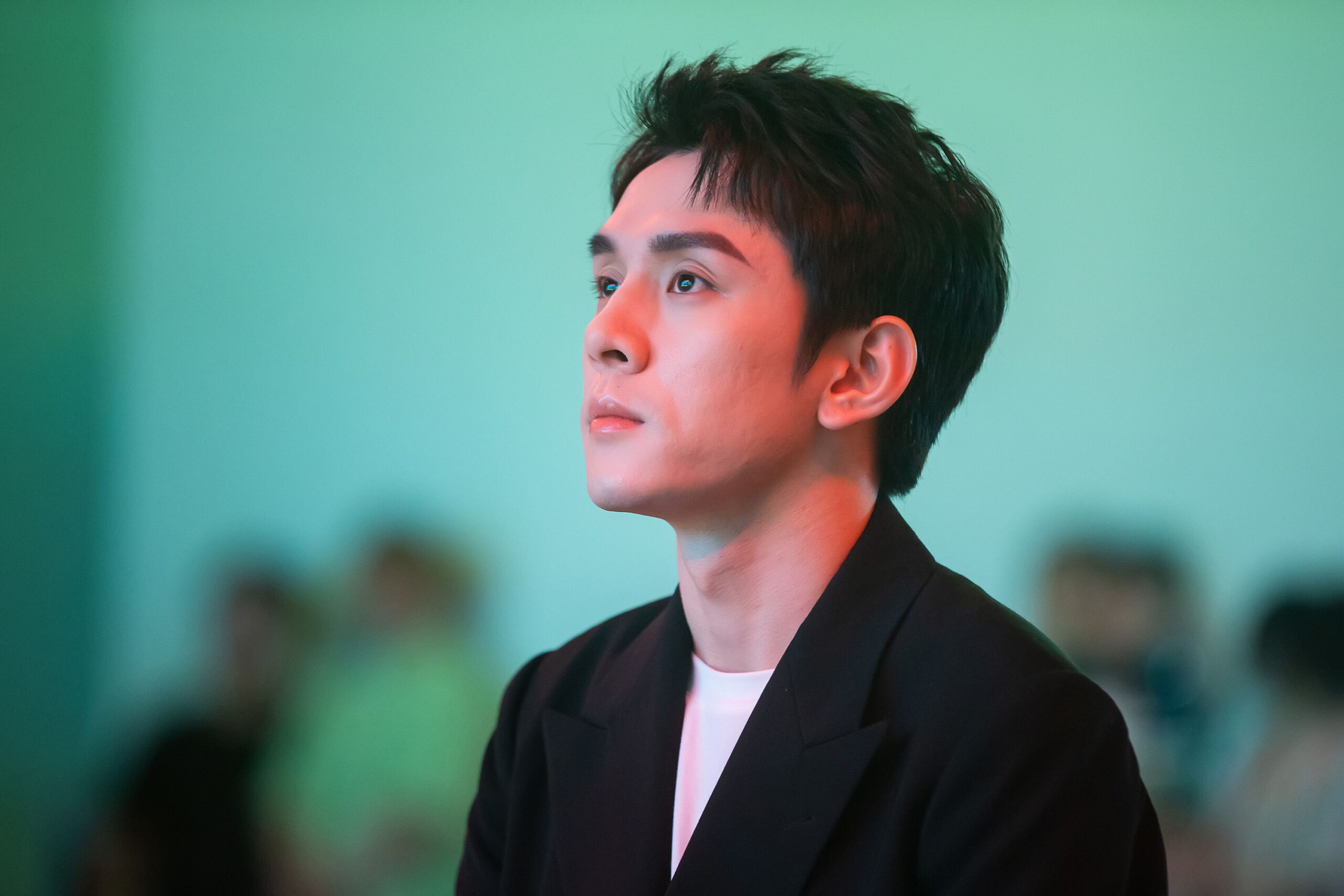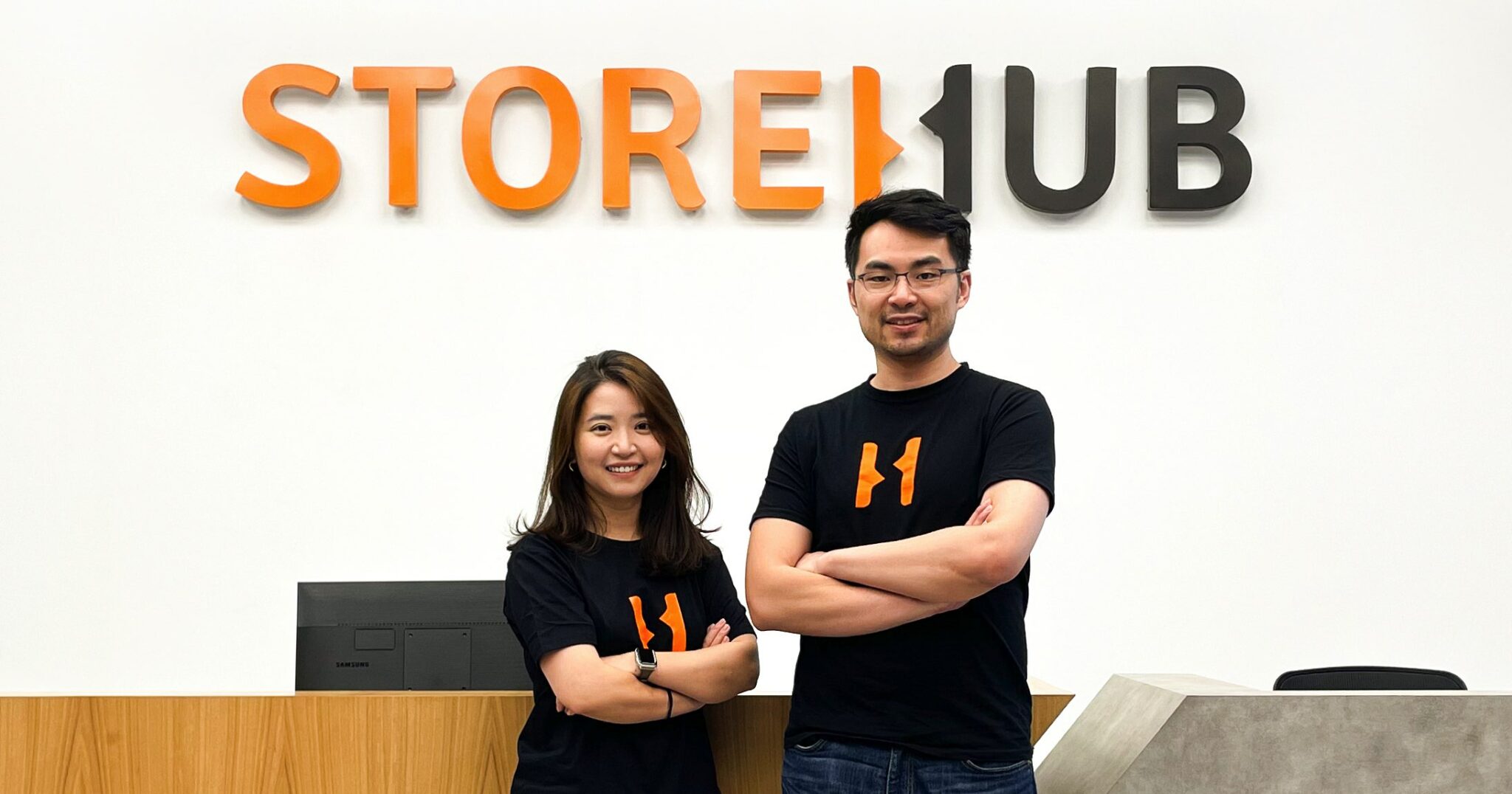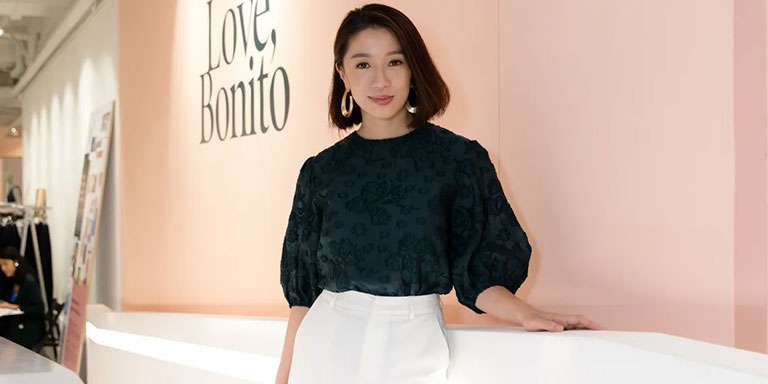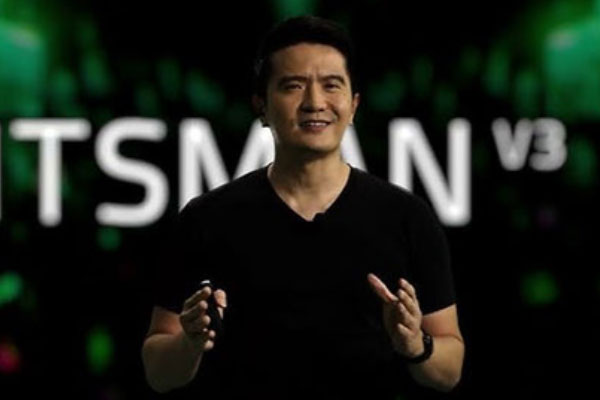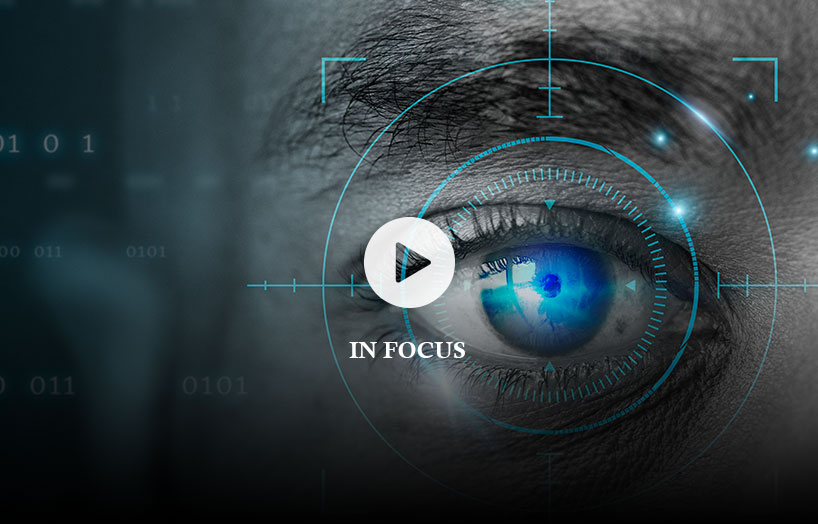Redefining retail through design and emotion
In a digital-first era where online shopping dominates, one brand has reimagined the joy of physical retail — and turned it into a spectacle. POP MART, the Chinese designer toy giant, has redefined what it means to shop in-store, turning retail into entertainment, anticipation, and cultural fandom.
In Singapore, its ION Orchard outlet regularly draws long queues, not just for the products — but for the experience. Shoppers flock to unbox limited-edition characters, take selfies with in-store sculptures, and browse capsule vending machines that feel more like arcades than merchandise displays.
This phenomenon isn’t accidental. It’s part of a broader regional trend known as retailtainment, where emotion, design, and discovery are blended into commerce. And POP MART is leading the charge.
What drives the retailtainment boom?
At the heart of POP MART’s strategy is a deep understanding of consumer psychology — especially among Gen Z and millennial audiences in Asia. The blind box model, where buyers don’t know which figure they’ll receive, adds surprise and collectibility to every purchase.
More than a transaction, it becomes a moment of anticipation. This taps into emotional engagement, rarity culture, and the desire to connect with a brand’s world — especially IPs like Molly, Dimoo, and The Monsters, which POP MART has developed into cult icons.
In Singapore, where mall culture remains strong, retailtainment offers a counterpoint to passive digital shopping. Customers aren’t just buying — they’re experiencing, sharing, and often returning to try again. POP MART’s ION location includes interactive installations, vending bots, and seasonal exclusives that make it feel like an evolving gallery as much as a toy store.
Retailtainment in Singapore: A new standard for brand experience
POP MART’s success in Singapore mirrors the rise of retailtainment across Asia. From flagship stores in Beijing to immersive pop-ups in Bangkok and Seoul, the brand has shown that physical retail still has a role — when it entertains.
Local retailers and mall operators are paying attention. As footfall in traditional retail slows, experiential brands like POP MART are helping rejuvenate spaces with storytelling, community, and discovery. In Singapore, this is especially relevant as malls reposition themselves as lifestyle destinations, not just commercial hubs.
Beyond F&B and fashion, categories like collectibles, lifestyle brands, and pop culture merchandise are now driving new formats: gashapon machines, vending walls, limited-run drops, and immersive product launches.
What POP MART reveals about the future of retail in Asia
POP MART’s rise is a blueprint for how retailtainment can thrive in modern cities. It shows that retail is no longer just about need — it’s about emotion, identity, and interaction. Consumers want stories, surprise, and something worth sharing — and brands that deliver that are building loyalty far deeper than price points.
For Singapore brands, this model offers clear takeaways: build emotional IPs, design for social sharing, and create tactile, gamified experiences. As malls and stores compete with screens, turning shopping into a spectacle might just be the future.



